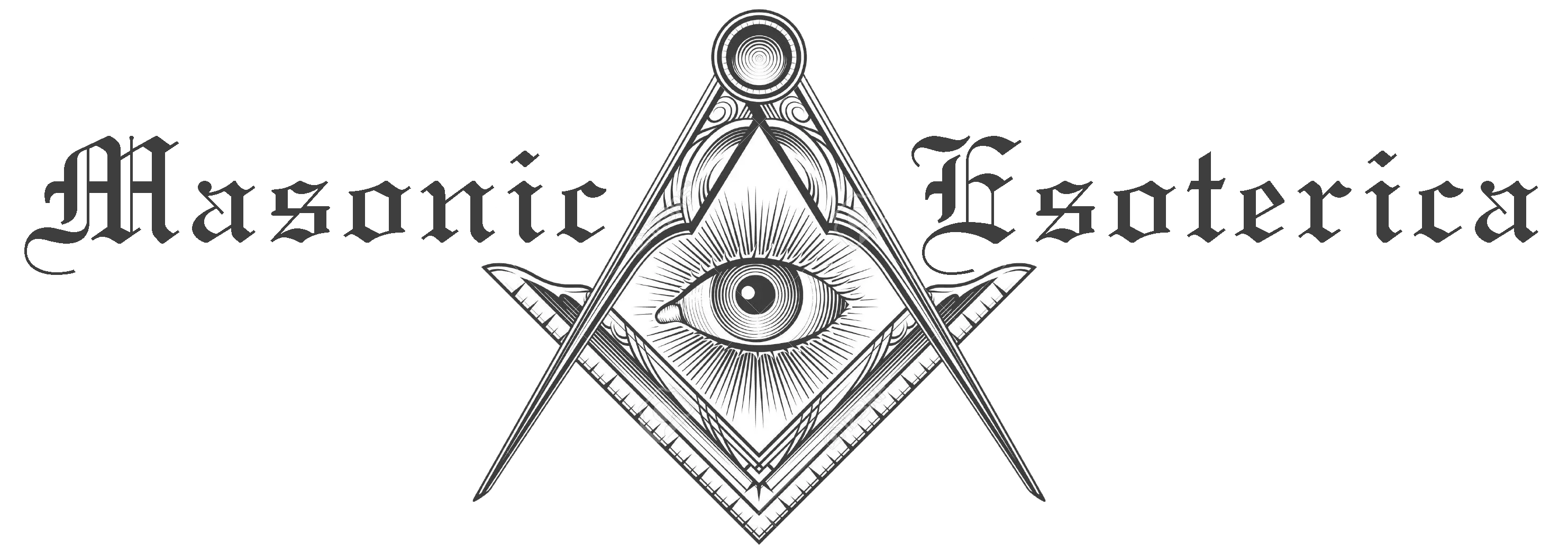My dear Brothers in the Scottish Rite, At last month's meeting I read a piece from the book "Albert Pike's Lecture on Masonic Symbolism and A Second lecture on Symbolism: The Omkara and Other Ineffable Words". This is an interesting book, transcribed and annotated by Ill. Rex R. Hutchens, 33º, Grand Cross and Grand Master of Masons in Arizona 2006-2007. It is published by The Scottish Rite Research Society in Washington, DC, 2006.
Albert Pike begins this work with the same exact Latin phrase which ends Morals and Dogma: "Gloria Dei est celare Verbum", which means "It is the glory of God to conceal a thing". Where Morals and Dogma ends, the Lecture on Masonic Symbolism begins. One might think therefor that this book is a logical extension of the lessons of Morals and Dogma, to expand knowledge of the first three degrees, but argument against this idea is the fact that Pike mandated a very limited publication, and Pike admonished that this book not be re-published, and in truth it was known only to a small group of Masons until very recently. And frankly, while it is now easy to acquire, there are still few Masons or even Scottish Rite Masons that know of it.
Whatever the case, Pike believed that the early Masons had intentionally concealed the real lessons and meanings of the symbols employed in the art of Freemasonry. In Morals and Dogma Pike quotes from the ritual of a Continental High Degree known as "The True Mason" (Le Vrai Macon): "Our Ancient Masons have concealed from us the most important point of this Divine Art, under hieroglyphical characters, which are but enigmas and parables, to all the Senseless, the Wicked, and the Ambitious" (p. 785). Pike clearly believed their existed such Masons at his time and that it was important to continue to conceal from them that for which they were not fit.
Pike decried the lodge environment where bills are paid and degrees are planned and no education takes place about the real meaning of what Masonry is about. Pike further complained that the Master typically knows little more about the real secrets of Masonry hidden in our symbols than the candidates they raise. The result of his effort to educate Masons are contained within the Lectures (the book, not degree lectures). The first Lecture, on Blue Lodge Masonry, Hutchens says was published only the prior year (I would assume that would be 2005). During Pike's time when he published these lectures, only 100 copies were printed, so very few Masons knew of this work until this current book was published only 17 years ago.
In the first Lecture, Pike says: "The first requisite of a symbol is that it shall really mean something; that it shall be, in its nature, a proper and adequate sign and token of something: and the second is that this something shall be worth knowing and remembering. There are modern pictures in Masonry, called Symbols, that are not in their nature adequate representations or signs of anything whatever: and unfortunately, the current explanations make most of the Symbols to mean what is of little or value to any human being. Their philosophical and spiritual meanings are thus almost entirely lost, leaving Masonry, which is in one aspect, 'a science of morality and philosophy taught by symbols', almost like a body from which the soul has departed, so far as concerns its Symbolism."
There is so much more to tell, but for the purposes of this article I can't leave off without noting, once again, Pike's strange use of punctuation and capital letters. He was an extremely well learned and well-read man. He certainly must have had better command of writing English than it appears, which leads me to wonder if there are hidden messages encoded in Albert Pike's works. His contemporaries (or at least not that far back from his time) certainly did encode secret information in written works, in art, on gravestones, and more, with skip letter codes and symbols, and Pike certainly knew Masonry is all about cloaked hidden knowledge and had exposed himself to many different secret teachings around the globe. I think in a sense he wanted to continue that tradition by making some of his own explanations somewhat opaque to those that don't have "eyes to see". I wonder just how well he hid some of his messages. There may yet be more to be discovered hiding in our ancient and oh so Gentle Craft




